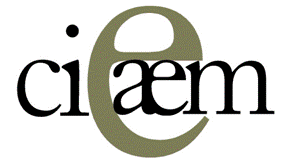Guy Brousseau first took part in the 15th meeting of the CIEAEM in Founex Coppet, Switzerland, in 1961. It was through Lucienne Félix, to whom he had sent his thoughts on the teaching of mathematics, that he joined the committee: "for the first time, I met high-level personalities and had international contacts [...] This meeting rekindled my desire to be introduced to mathematics and research on teaching. [...] This led me to set up and run an officially recognised organisation: the Centre de Recherche pour l'Enseignement des Mathématiques (CREM)". (Aperçu historique sur la CIEAEM, page 103)
Guy Brousseau was a long-time participant in CIEAEM meetings, serving as secretary and organising the twenty-sixth meeting in Bordeaux (1974).
These encounters were certainly an important step in the formidable theorization of teaching activity as an object of study, which led to the "Theory of Didactic Situations". Notably through his encounters in the various CIEAEMs in which he participated, with psychologists (Jean Piaget in particular), mathematicians (Lucienne Félix but also André Lichnerowicz) and pedagogues (Caleb Gattegno, Renée and Willy Servais and many of the members of the commission) the need to found a science specific to the teaching and learning of mathematics, the didactics of mathematics. Guy Brousseau theorised the complex relationships between mathematical knowledge and skills. Through his scientific contribution and his vision of teaching, he remains a common point of reference that is always discussed at CIEAEM conferences.


